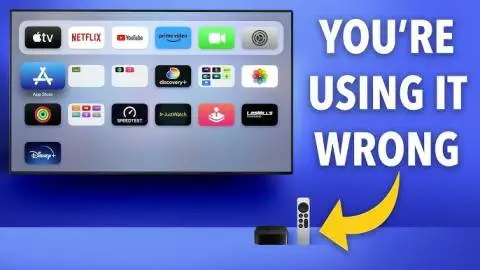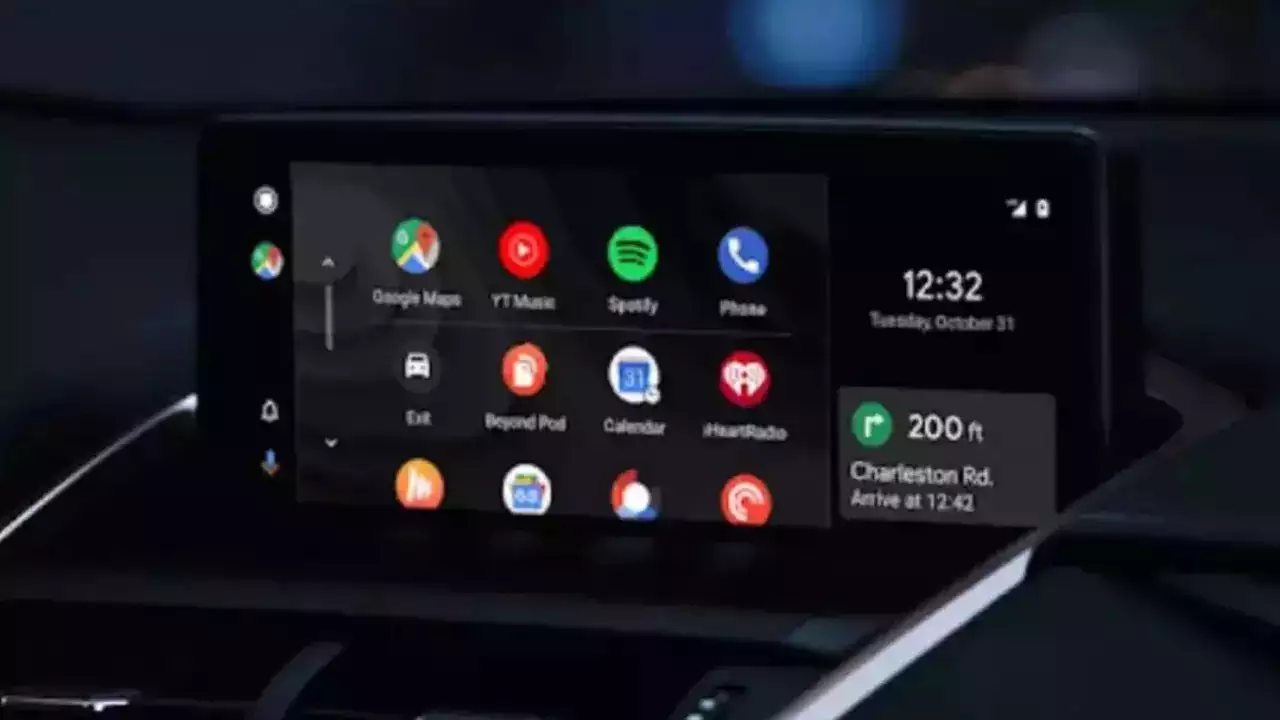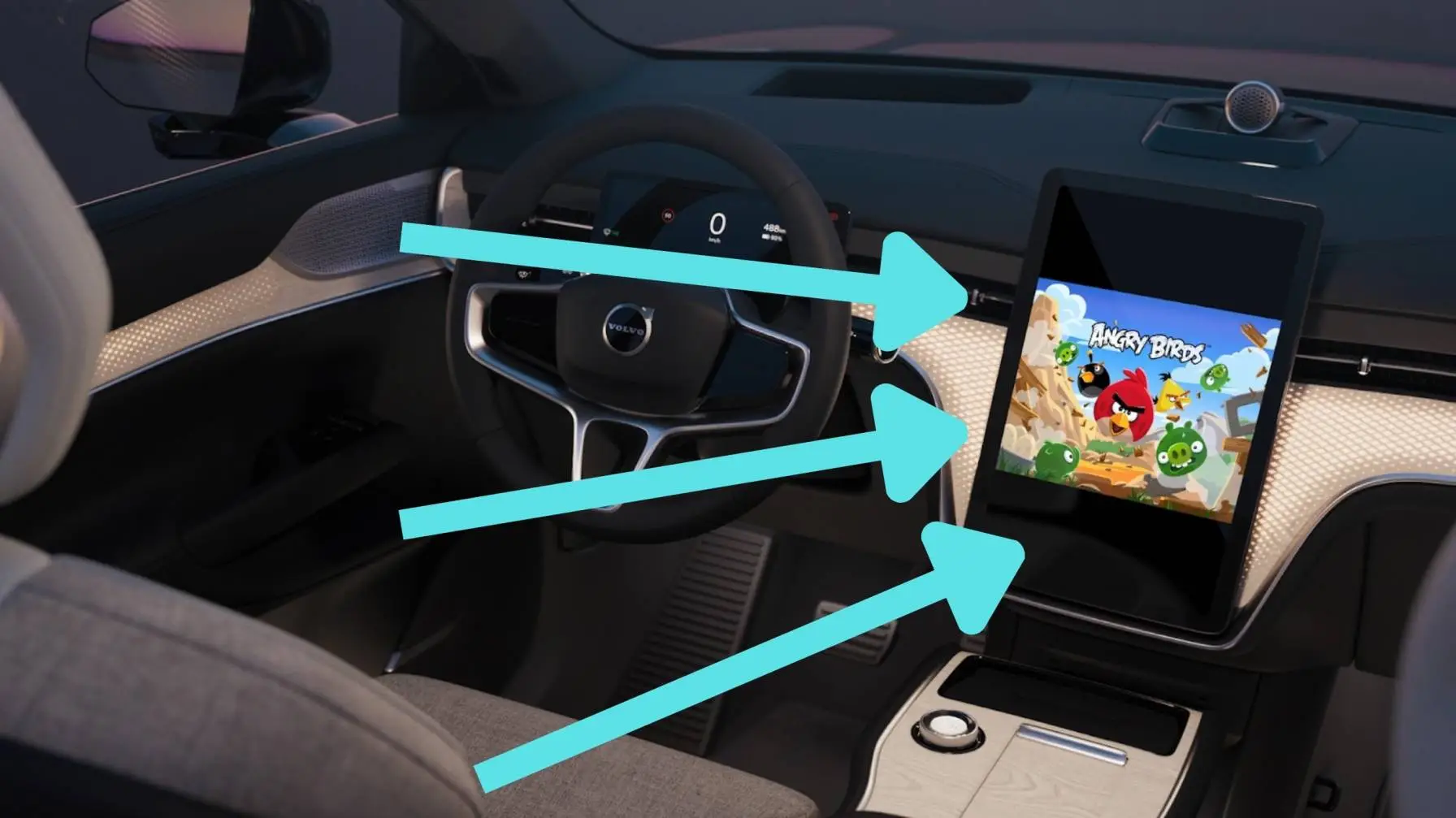
Hybrid�Working Model:�How to Stop Overworking Your IT Team
After the unprecedented work-from-home pilot program that took place throughout the world, nine out of ten organizations will protract to combine remote and on-site working, equal to a Mckinsey survey. The survey moreover confirms that productivity and consumer satisfaction improved in the past two years.

Despite the visa of a hybrid workforce model, most organizations are yet to determine the specifics of how IT departments can protract to alimony data and systems secure while moreover ensuring people can work seamlessly without one-to-one IT support.
Hybrid working model is the future for most offices[1]
- 83% of workers prefer a hybrid model
- 63% of high-growth companies have unexplored a “productivity anywhere” model
- 85% of people who finger productive anywhere plan to stay with their visitor for a long time
Organizations Struggle to Support IT in a Hybrid Working Model
According to research from digital employee wits provider 1E, IT teams squatter challenges in making hybrid work effective. 98% of respondents report that waffly work models, limitations of current technologies and overburdened IT resources make hybrid work model adoption difficult in their organization.
Additionally, 85% of IT decision-makers responded that less than half of IT issues, requests, and incidents were currently resolved using automation. When automation was used, 41% of respondents experienced higher productivity and improved relationships between IT teams and non-IT employees.
Also, three-fourths of respondents of knowledge workers reported that fast IT resolution is not enough. They want issues to be stock-still surpassing employees wilt enlightened of them. Moreover, switching between remote and on-site workplaces commonly may seem like a good work-life wastefulness for employees, but it puts tremendous pressure on IT infrastructure and teams.
How to Avoid Overworking Your IT Team: Major Concerns (and Solutions)
Data Security
The issue with remote working is that a lot of employees leave their office devices at work or don’t have one at all. They end up using personal devices for work purposes. These devices are often insecure and put corporate data at risk.
Device security may not be the first thought in employees’ minds, which can rationalization data security concerns when visitor data present on devices isn’t under the company’s management and protection. IT teams can implement MDM to ensure data security by remotely implementing various restrictions and granular settings on each device.
They can moreover enforce security features such as password protection, whitelisting websites, securing device passport with encryption, enforcing VPN connection, and enabling or disabling unrepealable device features that may rationalization data breaches.
Device Security
One increasingly snooping that puts pressure on IT admins is issues related to device security. In the unfortunate event of device theft or loss, malicious users may try to wangle the device. Scalefusion MDM’s remote lock and wipe full-length safeguards the mobile device from misuse.
Remote wipe-off not only deletes the data on the phone storage but moreover wipes off the data on the merchantry apps as well as the merchantry apps on the device. On corporate-owned devices, IT admins can remotely wipe off the corporate data, apps, and settings on compromised devices by factory reset.
On employee-owned devices, selectively wipe off the corporate apps and data from the Scalefusion dashboard without well-expressed the personal data of the employees in multiple ways. It substantially wipes off the work profile on Android BYODs.
BYOD Management
BYOD is now a part of everyday business, inviting users to work with myriad devices wideness various platforms: Android, iOS, Windows, macOS and more. Many device management solutions are siloed, designed to exclusively work with one or few operating systems. Such solutions are massive productivity drains and wardship nightmares.
A holistic MDM solution, like Scalefusion, provides an end-to-end view of all mobile devices–managed, unmanaged, Android, Windows, iOS–from a single dashboard.
Remote Troubleshooting
Device reviviscence moreover causes a loss in productivity. To reduce device reviviscence and logistics financing for fetching an error-prone device, Scalefusion offers Remote Cast and Control to remotely mirror the device screen and proffer support to resolve issues. IT admins can take tenancy of the device screen and navigate the screens to resolve the issues.
Inventory Management
Organizations need to identify all devices that wangle their environment. IT admins should be worldly-wise to tag mobile devices to users to understand who owns the device, how many devices they are using and what applications they access. Organizations need a device security solution that can assign role-based wangle tenancy to every user.
For instance, IT admins can designate whether a user is an administrator, a specialist, or an end-user, and limit wangle to specific applications and data files. MDM has the worthiness to provide a detailed device inventory, providing wangle based on users’ roles and responsibilities.
IT Compliance
IT admins must be worldly-wise to enforce policies to meet security and privacy needs. Enforcing security policies reduces the risk of data breaches and prevents unsecured devices from accessing sensitive data.
Security and privacy policies are unique to every organization. IT admins should be worldly-wise to customize policies based on compliance standards and risks associated with unrepealable applications.
Employee Productivity
Employees requirement to be increasingly productive by working in a remote location but it is difficult to monitor how efficiently employees are working. Companies need checks and balances to manage any fall in productivity.
Scalefusion MDM restricts visitor devices to essential work apps. Function managers can remotely view, control, and track the location of mobile devices to ensure employees do not use the devices for non-work-related activities during office hours. Teams can moreover restrict distracting websites that may phlebotomize the productivity of employees.
Wrapping Up
Companies that were heavily dependent on an on-site working model had a difficult time adapting to the new normal. Given that the hybrid work model is now wonted by employees and employers alike, IT leaders must support their teams by modernizing their mobile device management approach. By doing so, companies can get maximum productivity from IT and non-IT employees.

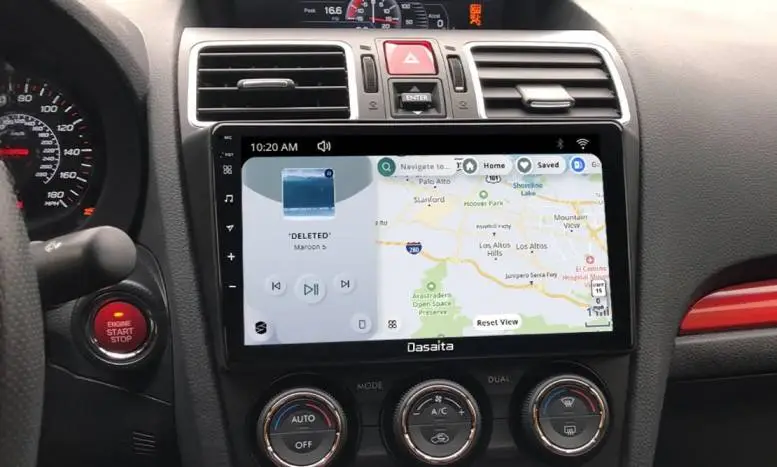
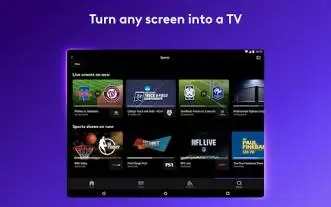
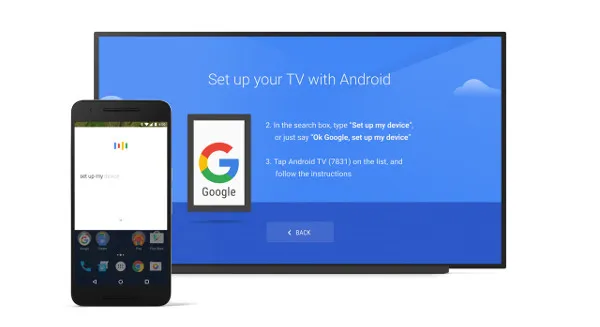
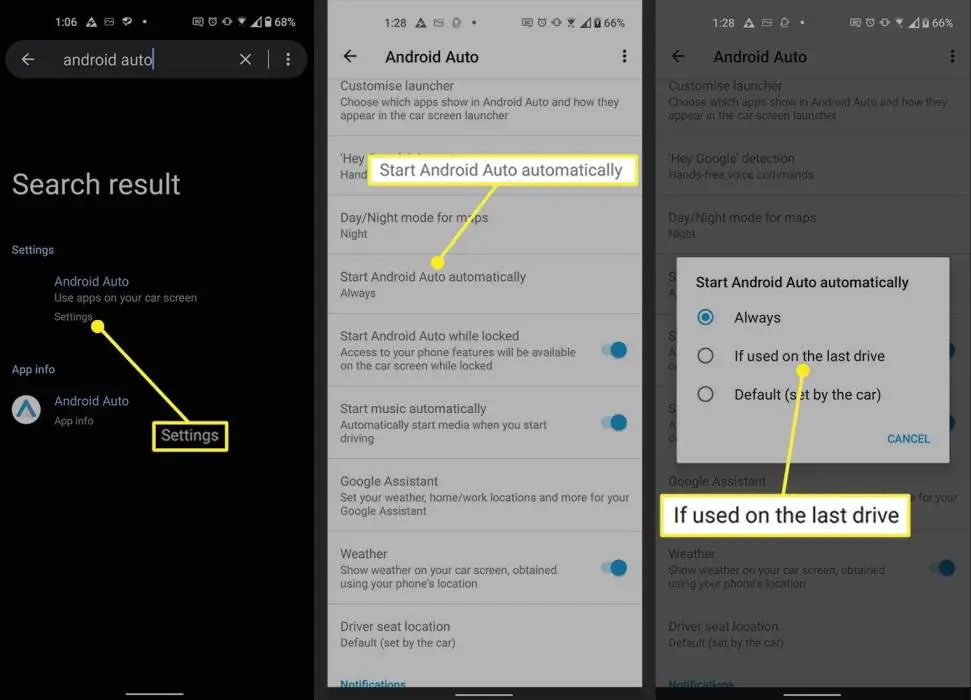
![How I Ditched Google Photos and Took My Backups Back [Video]](/featured/2024/07/ditched-Google-Photos.webp)
